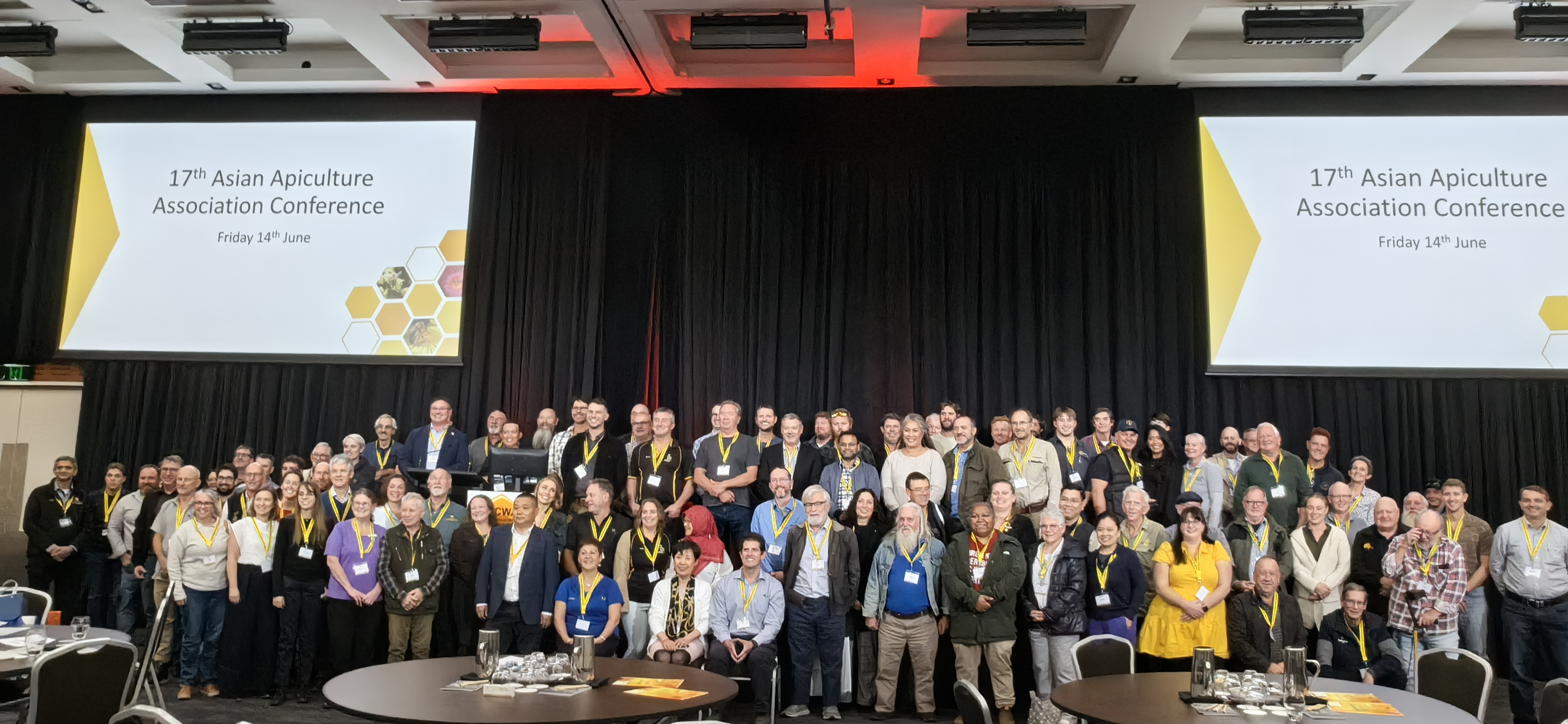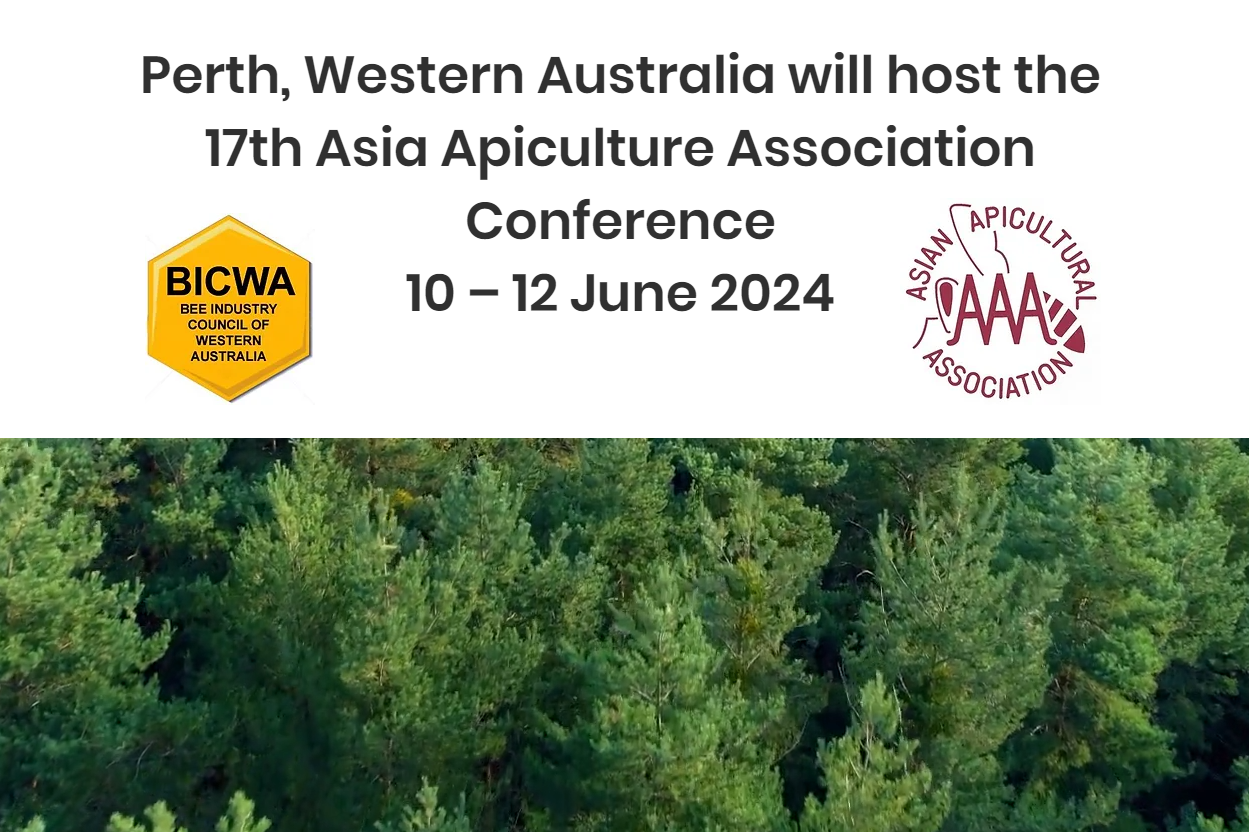|
Neonicotinoids are the most widely used insecticides worldwide, but there is mounting evidence demonstrating that they have adverse effects on nontarget organisms. However, little is known about the extent of environmental neonicotinoids contamination in China. In this study, a total of 693 honey samples from across China, from both Apis melifera and Apis cerana, were analyzed to examine neonicotinoid concentrations and their geographical distribution, and correlation with the primary plant species from which the honey was obtained. Furthermore, chronic and acute exposure risk and risk ranking for humans eating honey were investigated, and risks to bees were also considered. The results revealed that 40.8% of the samples contained at least one of the five neonicotinoids tested. Honeys from commercial crops were found to be more frequently contaminated with neonicotinoids than those from noncommercial crops. Honey samples from Apis mellifera were more frequently contaminated than those from Apis cerana. The concentrations of neonicotinoids found in honey overlapped with those that have been found to have significant adverse effects on honeybee health. The dietary risk assessments indicated that the levels of neonicotinoids detected in honey were likely to be safe for human consumption.

|







